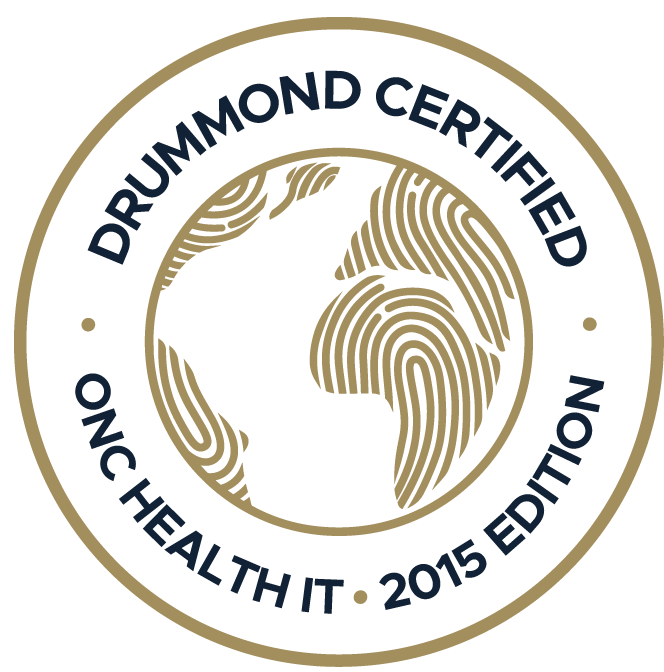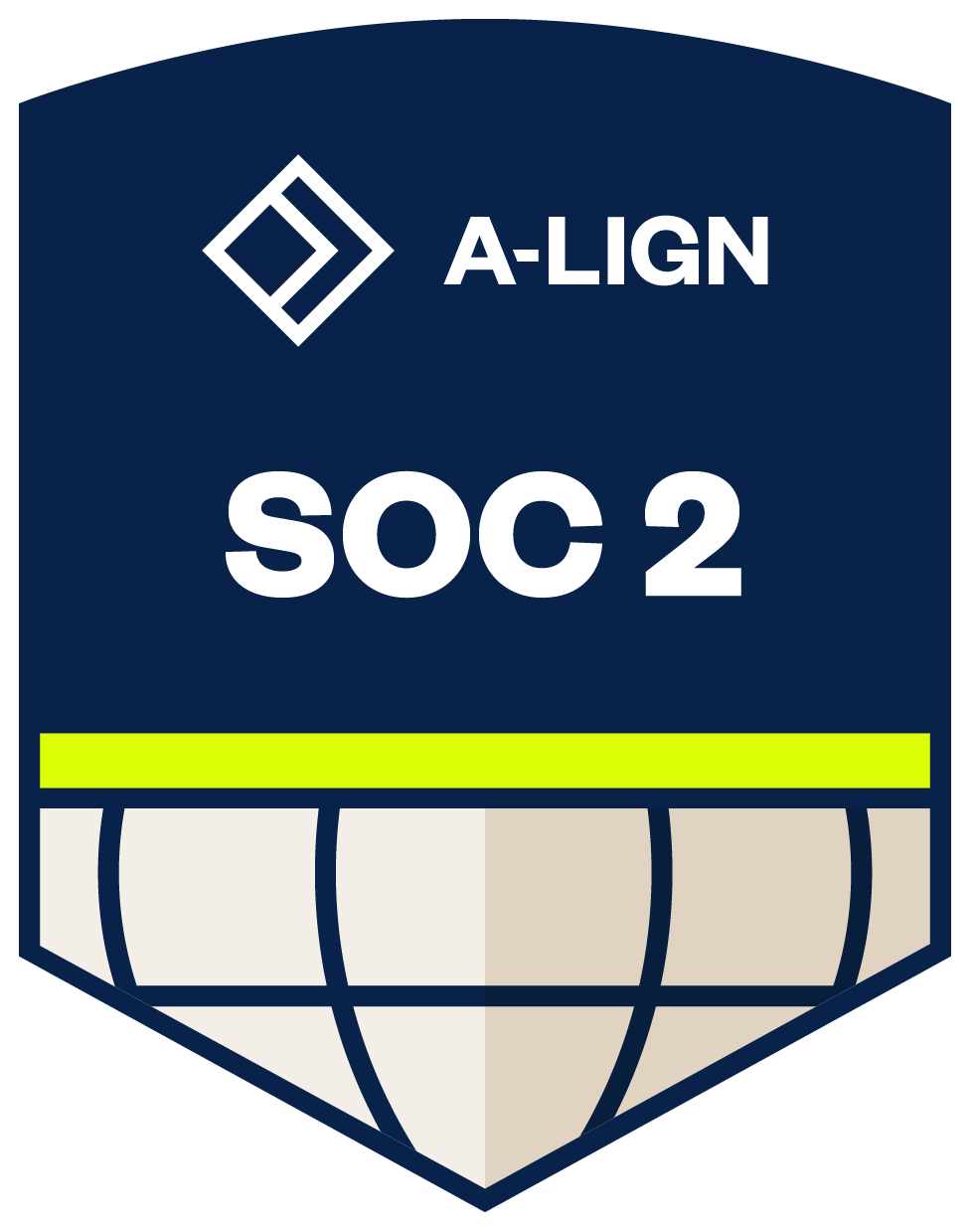Is your practice struggling to overcome operational bottlenecks despite trying everything from hiring extra staff to outsourcing certain tasks? A reliable healthcare practice management software might be the answer...
A 2022 Pennsylvania study revealed that individuals over 60 using EHR-PT referrals had a 26.2% lower risk of readmission or mortality compared to those without. This study highlighted the significance of physical therapy EHR in enhancing patient outcomes, especially for those with mobility challenges.
The comprehensive view of a patient’s medical history, facilitated by EHRs, can substantially improve care quality. Given the multidisciplinary needs of many health conditions, EHRs are pivotal in synchronizing care, leading to better diagnoses and more effective treatments. Transitioning from paper to digital records is becoming essential for physical therapy practices aiming to enhance patient care and operational efficiency.
In this blog, we will navigate through the journey of shifting to EHR systems, outlining a strategic roadmap to digitalize physical therapy clinics for improved patient outcomes and streamlined practice management.

Challenges of Paper Records
The reliance on paper records in a physical therapy practice presents numerous challenges that can hinder the efficiency and effectiveness of patient care. Firstly, paper-based systems are prone to issues like misplacement or damage, which can lead to incomplete patient histories and, consequently, gaps in treatment plans. Additionally, the manual process of updating and retrieving paper files is time-consuming, reducing the time healthcare professionals can spend with patients. Moreover, paper records lack the dynamic capabilities of the best EHR systems, such as real-time updates and alerts, which are crucial for monitoring patient progress and adjusting treatments promptly.
The inability to quickly share patient information among healthcare providers can also hinder the collaborative approach often necessary for treating complex conditions, potentially delaying critical interventions. Furthermore, the physical space required to store paper records is substantial, leading to increased overhead costs for physical therapy practices.
In terms of scalability, paper systems cannot easily accommodate the growing volume of patient data, making it challenging to expand services or integrate new care modalities. Therefore, transitioning from paper to digital records with a physical therapy EHR system is considered a fundamental shift towards more reliable, efficient, and collaborative physical therapy care.
Advantages of Specialty-Specific EHR Systems
Specialty-specific EHR systems offer tailored solutions that address the unique requirements of disciplines like physical therapy, enhancing the quality and efficiency of patient care. These systems are designed with features and workflows specific to the needs of physical therapists, which allow for more accurate and efficient documentation, treatment planning, and patient tracking.
One of the key advantages of specialty-specific EHR systems is their ability to streamline clinical processes. With customized templates for patient assessments and treatment plans, therapists can quickly document care, reducing administrative burdens and allowing more time for patient interaction. These systems also facilitate precise tracking of patient progress, including detailed notes on exercises, modalities, and patient responses, which is essential for effective treatment and rehabilitation.
Physical therapy EHR systems can also improve communication and coordination with other healthcare providers. By providing a comprehensive view of a patient’s therapy progress, they encourage collaborative care, which is crucial for patients requiring multidisciplinary intervention.
Roadmap to Transitioning to EHR
Transitioning to an Electronic Health Record (EHR) system in physical therapy is a strategic process that needs careful planning and execution. Here’s a roadmap to guide this transition, ensuring a smooth shift from paper to digital.
- Assess Your Practice Needs and Plan Accordingly
The journey begins with a detailed assessment of the current workflow and documentation practices. Identifying the specific needs of the physical therapy practice and how an EHR can meet these needs is crucial. Planning involves setting realistic goals for EHR implementation, including timelines, budget considerations, and desired outcomes in terms of improved efficiency and patient care.
- Choose the Best Practice Management EHR Software
The crucial part of the process is selecting an all-in-one EHR system that aligns with the unique requirements of physical therapy practice. A reliable EHR software and practice management system, like Practice EHR, offer specialty-specific features such as customizable templates for patient evaluations, exercise libraries, and integration with physical therapy equipment. Evaluating various EHR vendors, considering factors like functionality, user-friendliness, and support services, will lead to a well-informed decision.
- Prepare for the Transition
Preparation for physical therapy EHR integration involves ensuring the necessary technological infrastructure is in place. This might include upgrading hardware or ensuring reliable internet connectivity, especially in the case of a cloud-based EHR system. Data migration from paper to digital form requires a clear strategy to transfer existing patient records accurately and securely into the new system.
- Train Your Staff and Ensure Continous Education
Effective training for all staff members is essential to ensure they are competent in using the new EHR system. This training should cover all aspects of the EHR, from basic navigation to advanced features specific to physical therapy. Continuous education and support are vital to address any challenges and to update the team on new features or updates in the software.
- Implement the EHR System
The actual rollout of the EHR system can be done in phases or all at once, depending on the size and readiness of the practice. Starting with a pilot phase, where a small part of the practice uses the EHR before a full-scale rollout, can help identify potential issues and make necessary adjustments.
- Conduct a Post-Implementation Review
After the physical therapy EHR system is fully implemented, conducting a thorough review of its performance is crucial. This involves monitoring how well the system is integrated into daily operations, evaluating whether the set goals are being met, and identifying areas for improvement. Feedback from staff and patients should be gathered to assess the system’s impact on practice efficiency and patient care.
Overcoming Transition Challenges
While beneficial, transitioning to an efficient EHR system, like Practice EHR, in physical therapy comes with its challenges. Overcoming these hurdles is essential to a successful implementation and long-term efficiency gain.
- Resistance to Change
One of the most common challenges is resistance to change, particularly from staff accustomed to traditional paper-based methods. Addressing this requires clear communication about the benefits of cloud-based EHR systems, such as improved patient care, streamlined workflows, and enhanced data security. Engaging staff in the selection and implementation process can foster a sense of ownership and ease the transition.
- Training and Adaptation
Another significant challenge is ensuring that all team members are adequately trained and comfortable with the new system. Comprehensive training programs tailored to different roles within the physical therapy practice can facilitate smoother adaptation. Providing ongoing support and resources, such as help desks or online tutorials, can help staff navigate the learning curve.
- Data Migration
Transferring existing records into the new physical therapy EHR system can be daunting. It's crucial to have a well-planned data migration strategy that ensures the accuracy and completeness of patient records. Collaborating with experienced IT professionals and choosing an EHR provider that offers robust data migration support can mitigate these issues. Practice EHR stands out for its highly cooperative and skilled support team, ensuring seamless data migration.
- Cost Implications
The financial investment in EHR software and related infrastructure can be substantial. To manage this, practices should conduct a thorough cost-benefit analysis, considering not only the initial investment but also the long-term savings and efficiency gains. Exploring financing options and government incentives for EHR adoption can also alleviate financial burdens. Moreover, picking the most affordable EHR system, like Practice EHR, offers industry-standard services at minimal costs.

Practice EHR - ONE That is Termed the Best Specialty-Specific EHR!
The journey from paper to digital in a physical therapy practice is a significant transition that, when navigated successfully, sets the foundation for a more efficient, effective, and patient-centered care model through a reliable physical therapy EHR system.
Practice EHR stands out as the best specialty-specific EHR, tailor-made to meet the unique demands of physical therapy clinics. Its intuitive design, along with comprehensive features tailored for physical therapy, streamlines clinical workflows, enhances patient engagement, and ensures seamless integration into the daily operations of a physical therapy clinic.
Implementing Practice EHR in your physical therapy clinic signifies a step forward in adopting advanced healthcare technology and demonstrates a commitment to improving patient outcomes and operational efficiency. By choosing Practice EHR, you are partnering with a leader in specialty-specific EHR solutions, ensuring your physical therapy practice is equipped with the best tools to thrive in the digital age. Schedule a demo now!
Topics: Patient Care, EHR Solution, Specialty-Specific EHR, digital age, Industry Update, Medical Billing, Medical billing services, RCM, EHR, Technology in Healthcare, Kiosk, EHR Features, ePrescribing, Physical Therapy EHR
RECENT POSTS



TOPICS
- EHR Solution (191)
- EHR (124)
- digital age (117)
- Patient Care (116)
- Medical Billing (110)
- Specialty-Specific EHR (110)
- Industry Update (97)
- Technology in Healthcare (84)
- EHR Features (79)
- Small Practice (77)
- Medical billing services (72)
- HIPAA Security (62)
- Integrated EHR (62)
- RCM (62)
- New Technology (44)
- Cloud-based EHR (43)
- Telemedicine (42)
- Healthcare Office Management (40)
- Practice EHR News (38)
- Kiosk (31)
- Revenue Cycle Management (28)
- AI Solutions (23)
- ePrescribing (21)
- AI Scribing (16)
- Best EHR Software (16)
- EMR (12)
- Practice Management Software (12)
- AI-powered Medical Billing (10)
- Client Favorites (10)
- Practice Automation (10)
- TeleVisit (10)
- The ONE (10)
- AI EHR (9)
- Switching to New EHR (9)
- MACRA/MIPS (8)
- Patient Portal (8)
- Urgent Care (8)
- AI Scribe (7)
- Best EHR Practice (7)
- EHR Integration (7)
- Psychiatry EHR (7)
- E-Prescribing (6)
- Product Updates (6)
- events (6)
- AI scanning (5)
- MIPS (5)
- Automated Health Tools (4)
- HIPAA (4)
- Insider (4)
- Internal Medicine EHR (4)
- MIPS Reporting (4)
- Mobile EHR (4)
- Orthopedics EHR (4)
- Podiatry (4)
- Podiatry EHR (4)
- Telehealth Platform (4)
- Chiropractic EHR (3)
- Digital Experiences (3)
- EHR Flaws (3)
- EHR Implementation (3)
- EHR for Chiropractors (3)
- EHR for Small Practices (3)
- Family Medicine EHR (3)
- Integrated Practice Management (3)
- Medical Practice Management Software (3)
- Patient Check-in Kiosk (3)
- PracticeEHR GO App (3)
- Regulatory Updates (3)
- Telehealth Platforms (3)
- Clearinghouse (2)
- Dermatology EHR (2)
- EHR Scheduling (2)
- Eligibility Verification in Medical Billing (2)
- Foot and Ankle Care (2)
- Foot and Ankle EHR (2)
- Health records 101 (2)
- Medical Coding Services (2)
- Medical Credentialing (2)
- Multilingual AI Scribe (2)
- Quality of Patient Care (2)
- Reporting Under MIPS (2)
- Risk and Liability in Medical Settings (2)
- What Works Clearinghouse (2)
- AI Scan (1)
- Bariatric EHR (1)
- Behavioral Health Practices (1)
- Billing Communication (1)
- Billing for Private Practices (1)
- Cardiology EHR (1)
- Cash Flow (1)
- Cashless Payments (1)
- Charting (1)
- Data Security (1)
- Dos and Don'ts (1)
- EHR Guides (1)
- EHR KPIs (1)
- EHR Questions to Ask (1)
- EHR Transition (1)
- EHR for Chronic Illness (1)
- EMR vs EHR Difference (1)
- ENT EHR (1)
- Endocrinology EHR (1)
- Family Medicine (1)
- Gastroenterology (1)
- Gastroenterology EHR (1)
- General Surgery EHR (1)
- Geriatric AI scribe (1)
- Geriatrics EHR (1)
- Guides (1)
- Healthcare Compliance Certification (1)
- Healthcare Practice Office Management (1)
- Help Center Videos (1)
- Insurance Reimbursement (1)
- KPI (1)
- Key Performance Indicators (1)
- Lab Processing (1)
- MACRA (1)
- Medical Billing Partner (1)
- Nephrology EHR (1)
- Neurology EHR (1)
- Pain Management EHR (1)
- Pediatrics EHR (1)
- Physical Therapy EHR (1)
- Practice Cash Flow (1)
- Practice Efficiency (1)
- Pulmonology EHR (1)
- Reconsider Your EHR (1)
- Simplify Practice Management (1)
- Staffing in Healthcare (1)
- Switch Medical Billing Providers (1)
- Urgent Care Medical Billing (1)
- Urology EHR (1)
- Voice-Activated AI Scribe (1)
- insurance claim denials (1)








